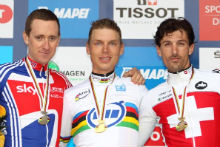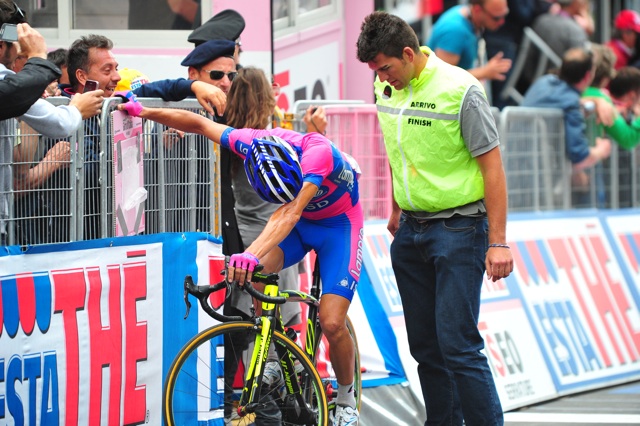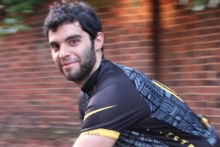The Giro d’Italia has got off to a sensational start.
In addition to the excitement generated by Taylor Phinney’s emphatic stage one time trial victory, Mark Cavendish’s signature display of sprinting power on stage two, and a reminder of the risks run by professional cyclists on stage three, we have already seen all the riders deliver racing performances over three consecutive days.
But how do professional riders develop sufficient fitness for all-out efforts, day-after-day, and how can amateur riders, perhaps considering a multi-stage event like the London to Paris bike ride, do the same?
In the second of our coaching series focusing on preparation and recovery for multi-stage events, we caught up with Bob Rideout, a senior coach with the Association of British Cycle Coaches.
“Expectations should be tailored to the level of fitness and level of competition that is expected,” says Rideout. He believes a novice with a good base level of fitness can attain the condition required for a multi-day event within 12 weeks, but recommends building up experience and form through a series of one day events.
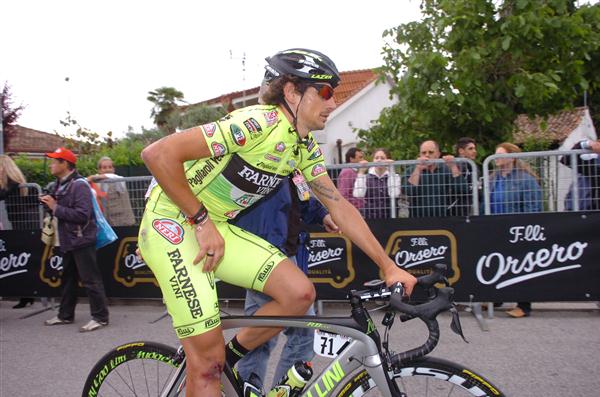
The challenges of a multi-day event are distinct. Pacing, recovery, and fuelling all play a key role in surviving to the finish. Experienced riders will use the shelter of the bunch, says Rideout, but much of the ability of those in the Giro to process the 8,000 calories a day required to remain competitive is physiological.
“The human body make up in many ways determines whether a rider is suited to riding a three week event,” says Rideout. “Many riders have a body the shape of a tree trunk with an apparently large belly instead of the usual athletic broad shoulders and narrow waist. The trunk has to process all of the calories and the diaphragm has to push into the stomach area in order for sufficient air to reach the lungs. This is another reason why it takes several years to be competitive for overall classification.”
Refueling and rest are key considerations, with refueling conducted on a similar basis to one-day races. “A rider needs to be hydrated at all times and his level of body fuel must be maintained with power bars, energy gels and some solid food during the race. ‘We are eating for tomorrow’ is the main aim. Refueling as soon after the event is highly recommended as soon after the finish as possible,” says Rideout.
Physiology also plays a key role in the rider’s ability to compete in all disciplines required by a Grand Tour. Shape, size, muscle attribute, and breathing ability all decide how well a rider will cope with mountain stages, time trials, and sprint finishes.
“All riders have a propensity to one discipline or talent but in order to benefit from that talent the rider has to complete the sections that are unsuited to his make up. The skill here is to survive those parts of the tour which are unsuitable and save energy for their own particular winning possibility,” says Rideout.
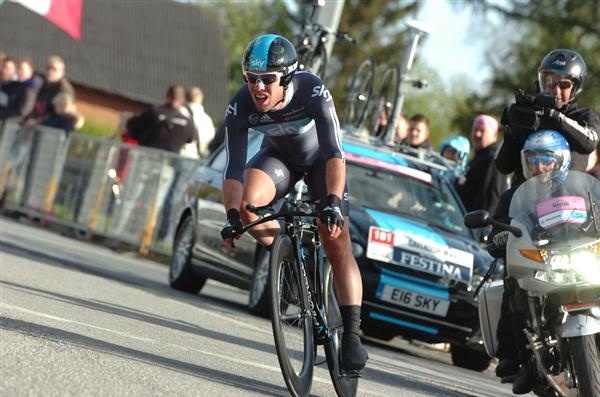
Preparation for any multi-stage event is best achieved with a set programme of rest and recovery, says Rideout, but adds, “racing over the shorter events lasting three, four, or five days will help to build up experience and improve the rider’s physical ability to compete at the longer events.”
Rideout says that while two, three, four, and six-day races appear on the calendar for junior riders, he would not normally recommend them to take part in such events.
The requirement for riders in the Giro, however, are of a different magnitude. “The cyclist’s body needs five years of development (as a rule) to come up to the level of competitiveness for a race like the Giro,” says Rideout. “A further five years will develop the body’s ability to produce energy in order to challenge for the overall classification. However, successes at a sprint or a stage win is possible.”
He underlines his point with an example involving one of the best riders on the planet. “A relatively new rider by the name of Cadel Evans held the lead in the Giro by a street of minutes, but he blew up towards the end and it took a further 10 years to win the Tour de France. He showed tremendous promise but overdid it in his efforts to remain in the lead,” says Rideout.

